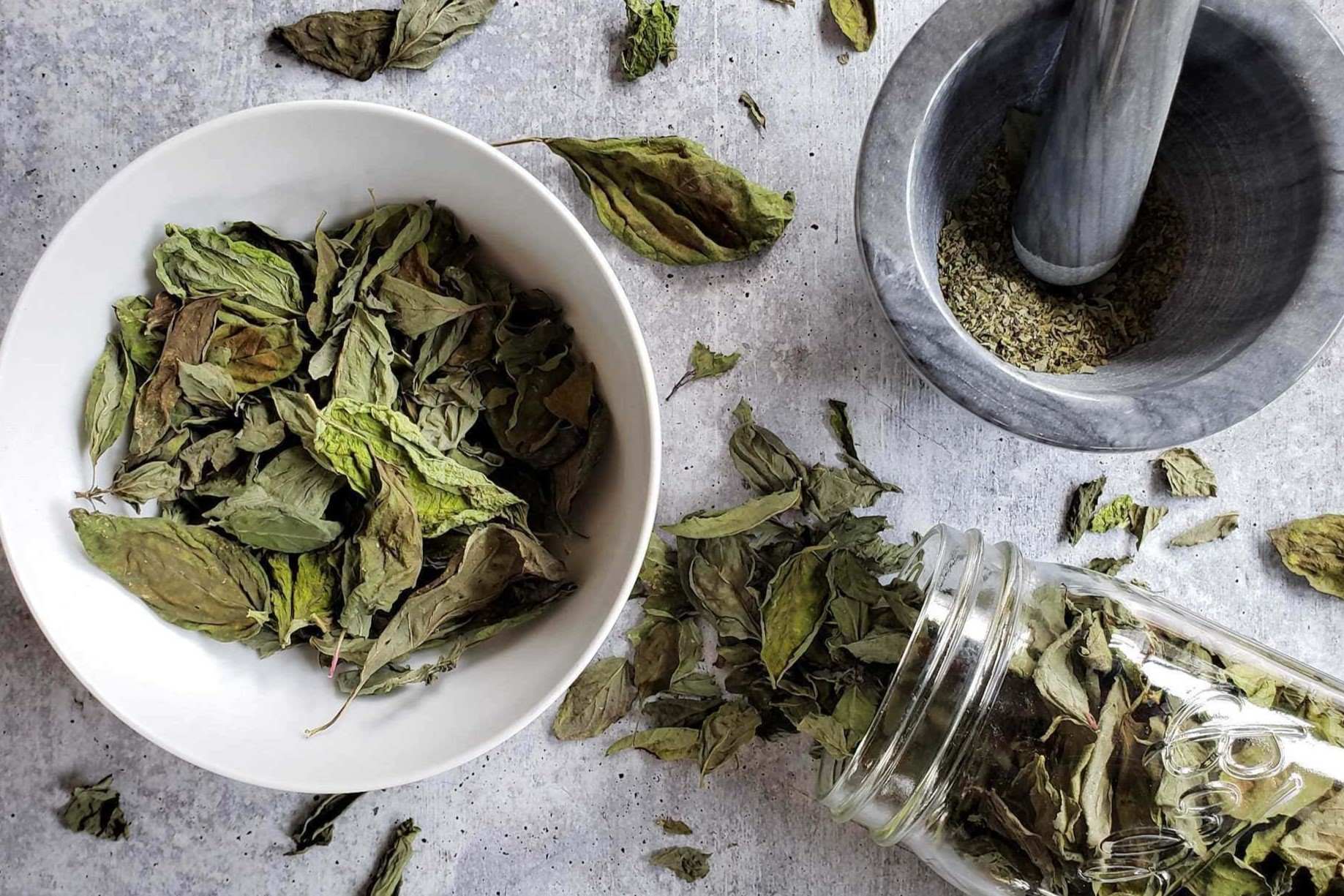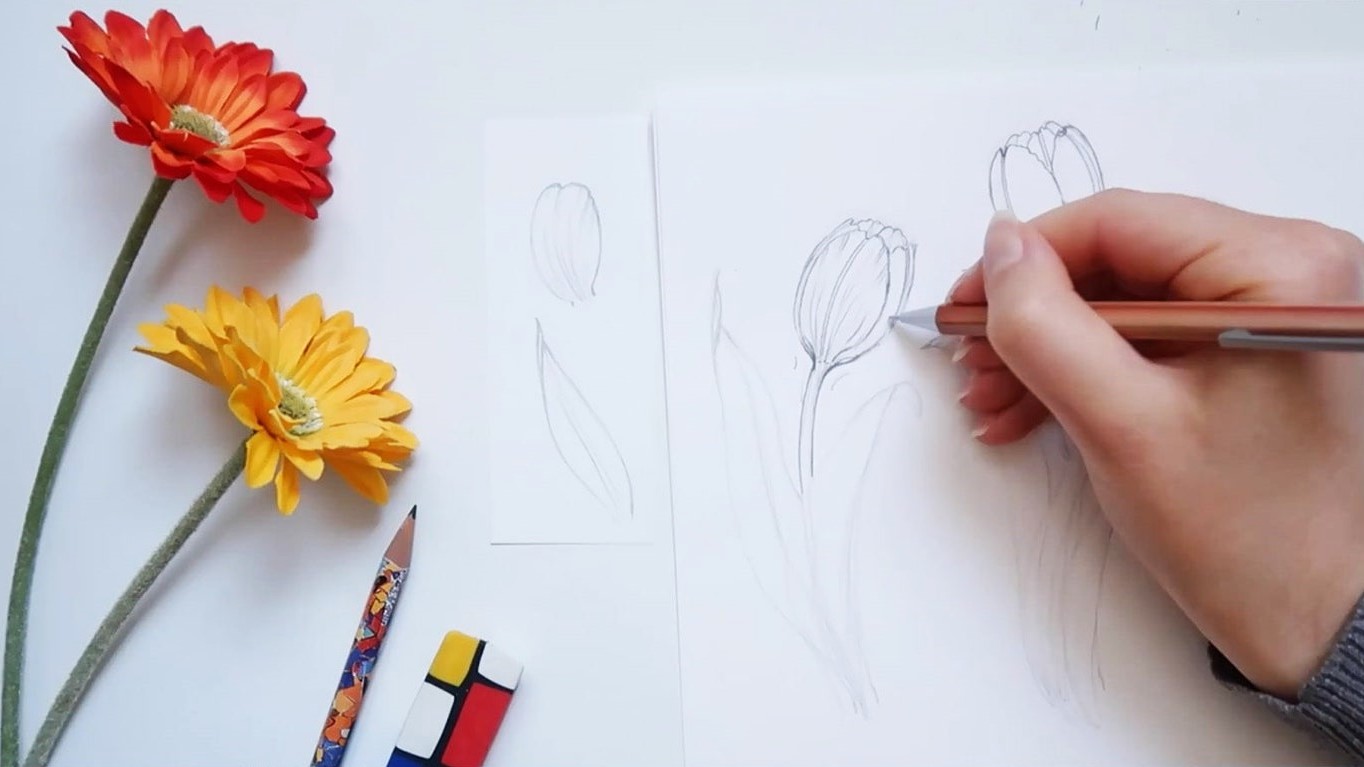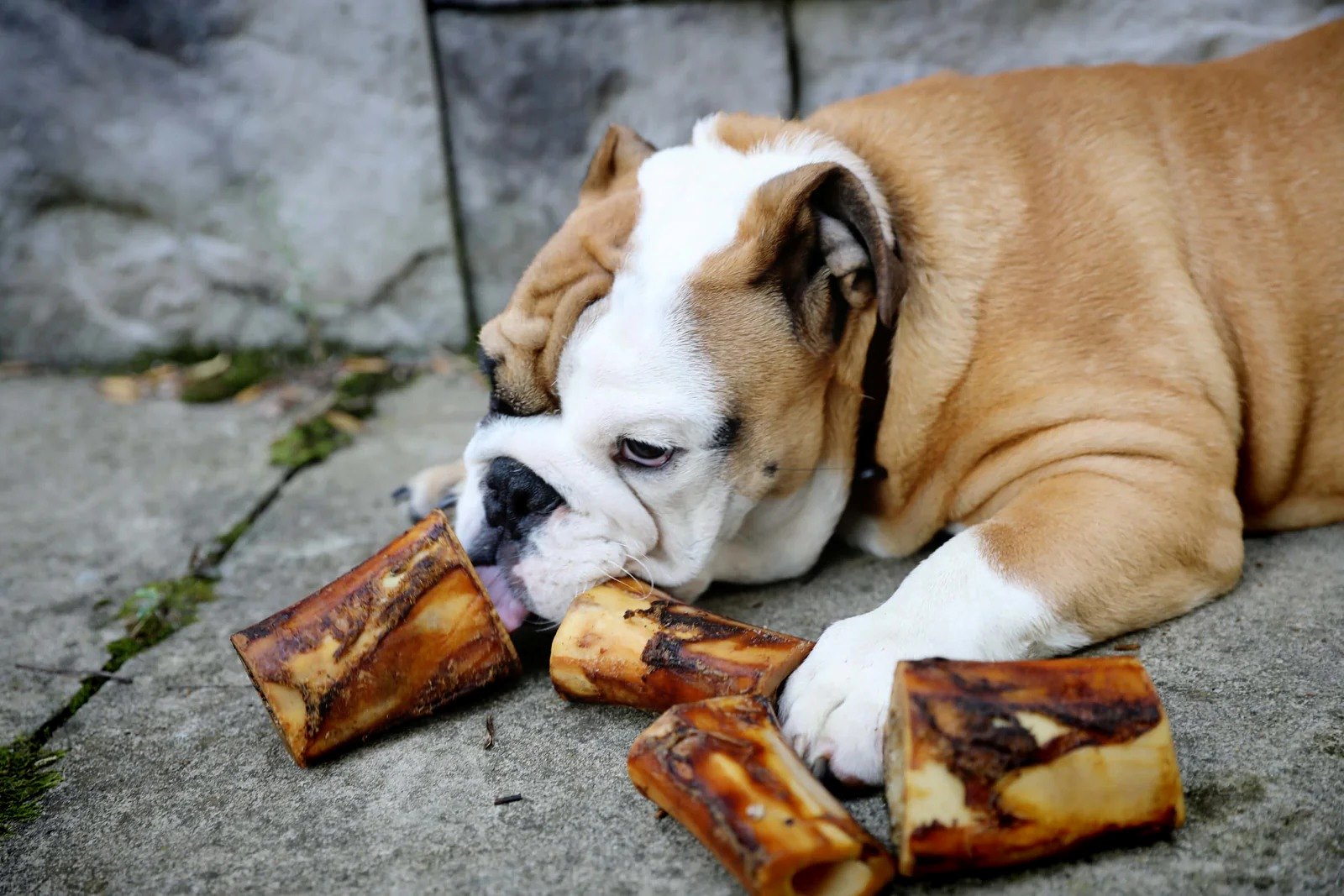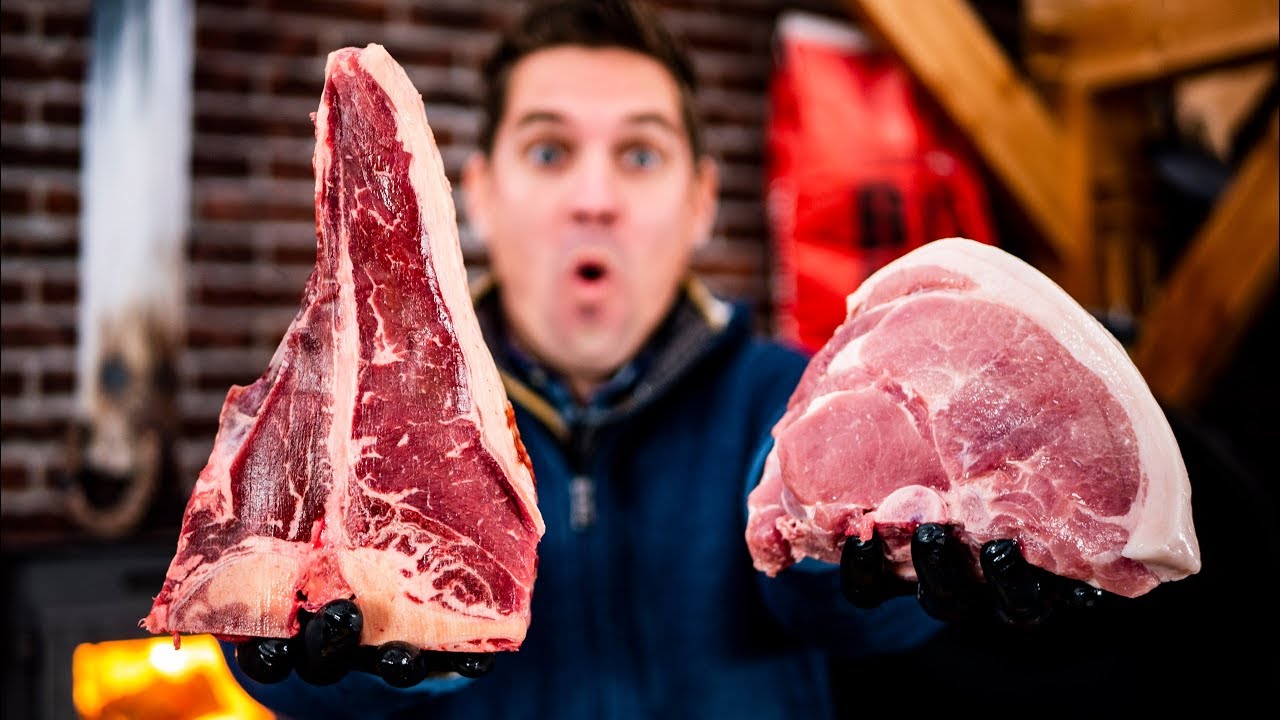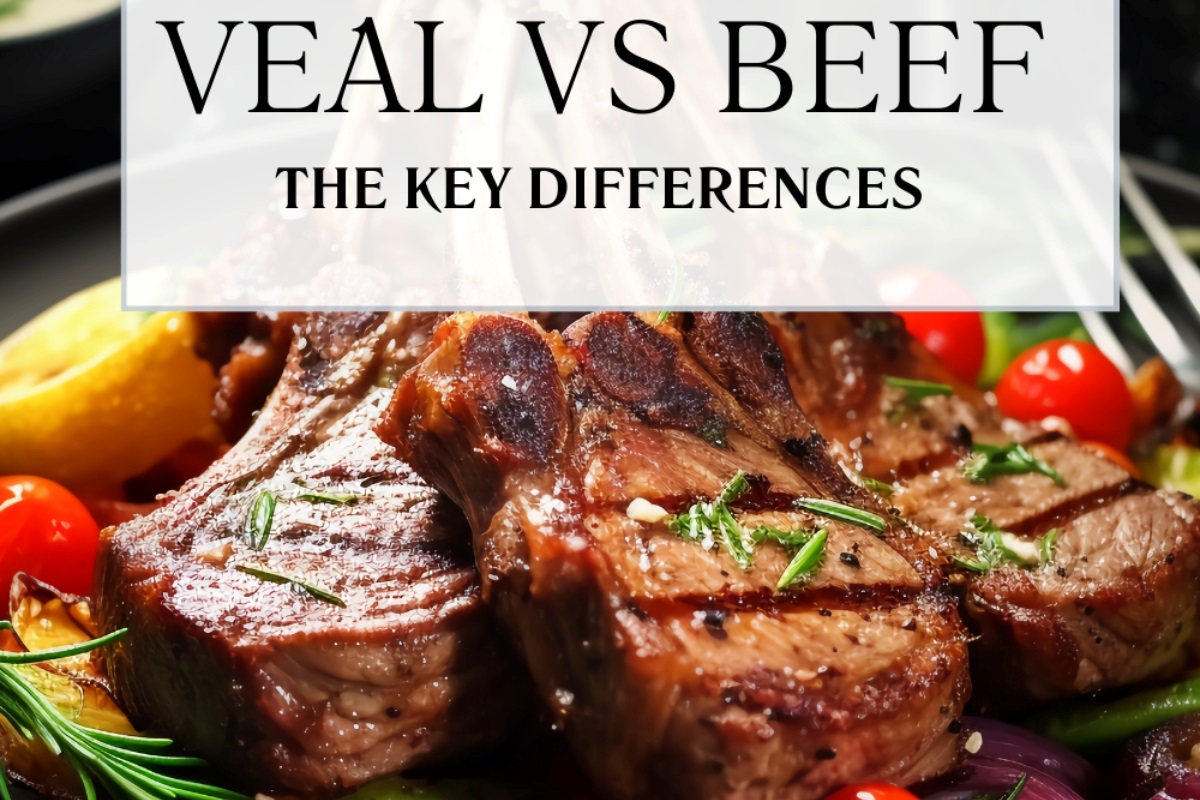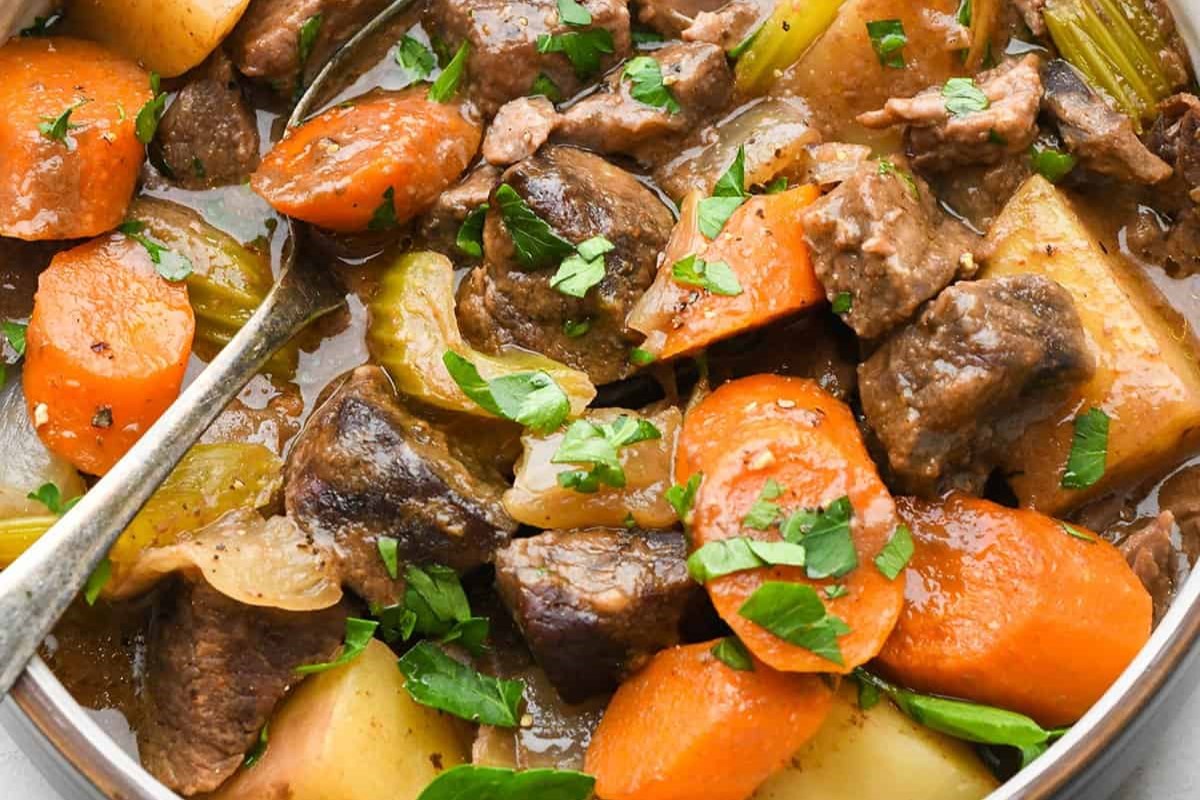Home>Food and Cooking>How To Render Beef Tallow
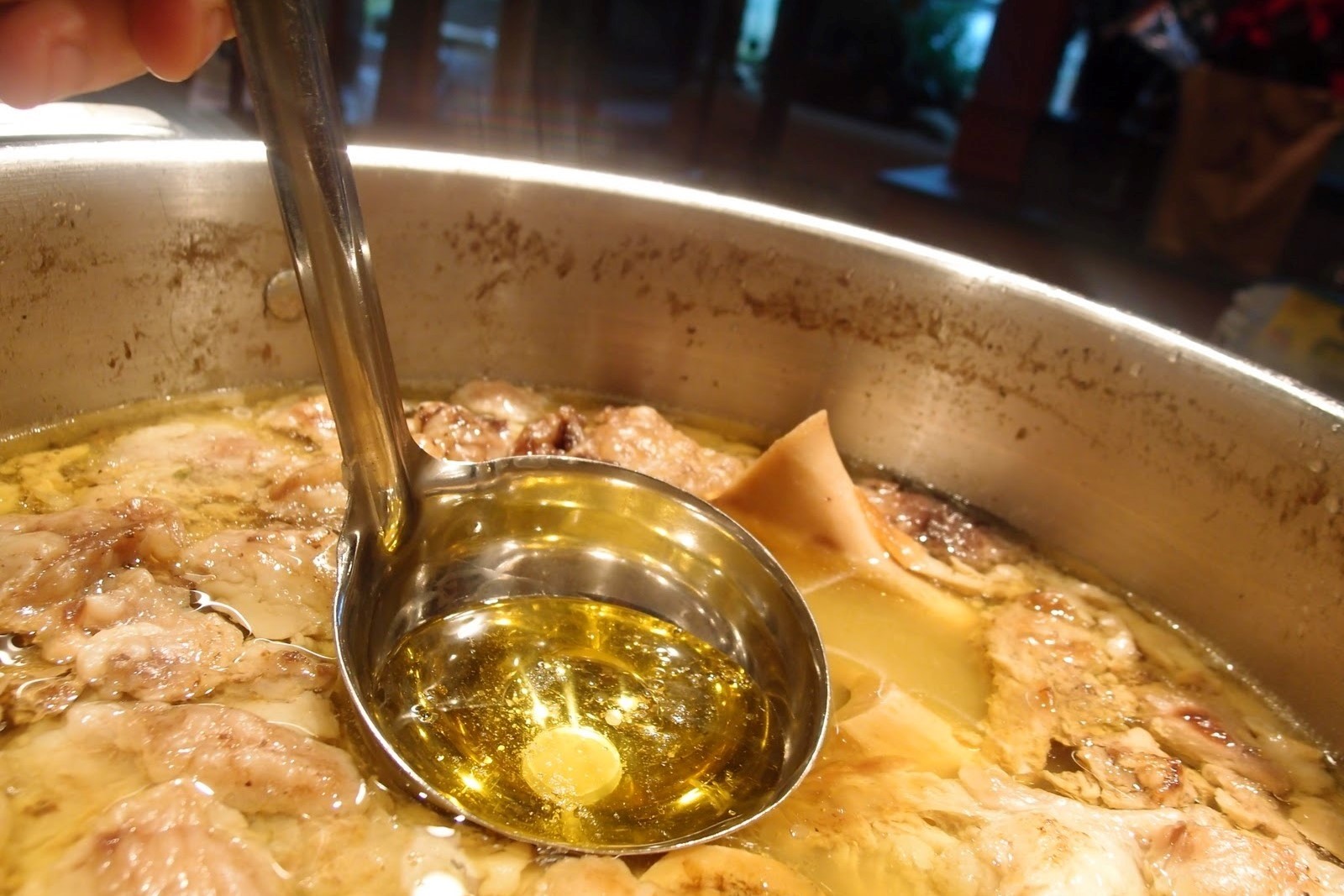

Food and Cooking
How To Render Beef Tallow
Published: February 25, 2024
Learn how to render beef tallow at home with our easy step-by-step guide. Perfect for cooking and baking. Discover the best tips and techniques for food and cooking enthusiasts.
(Many of the links in this article redirect to a specific reviewed product. Your purchase of these products through affiliate links helps to generate commission for Noodls.com, at no extra cost. Learn more)
Table of Contents
Introduction
Beef tallow, a traditional fat derived from beef, has been utilized in cooking and various other applications for centuries. This versatile and nutrient-rich ingredient is prized for its high smoke point and rich flavor, making it a popular choice for frying, roasting, and even soap and candle making. Rendering beef tallow at home not only allows you to control the quality and purity of the final product but also provides a sustainable and economical alternative to store-bought options.
In this comprehensive guide, we will walk you through the process of rendering beef tallow at home, from selecting the right beef fat to storing the finished product. Whether you are a seasoned home cook or a beginner looking to explore traditional cooking techniques, mastering the art of rendering beef tallow will undoubtedly elevate your culinary repertoire.
By following the step-by-step instructions and tips provided in this guide, you will gain a deeper understanding of the process and develop the skills needed to produce high-quality beef tallow in your own kitchen. From sourcing the best beef fat to achieving the perfect texture and flavor, each stage of the rendering process will be thoroughly explored, empowering you to create a premium ingredient that can enhance the taste and texture of your favorite dishes.
Join us on this journey as we delve into the time-honored practice of rendering beef tallow, unlocking the secrets of this prized ingredient and discovering the satisfaction of crafting a fundamental element of traditional and modern cuisine. Whether you are drawn to the rich history of beef tallow or simply seeking a superior cooking fat, this guide will equip you with the knowledge and skills to embark on a rewarding culinary adventure.
Step 1: Selecting the Beef Fat
Selecting the right beef fat is the crucial first step in the process of rendering high-quality beef tallow. When choosing beef fat for rendering, it's essential to prioritize freshness and quality. Look for beef fat with a creamy white color and a firm, waxy texture. Avoid fat that appears discolored, as this may indicate spoilage or rancidity.
One of the best sources for beef fat is your local butcher or meat supplier. They can provide you with fresh, high-quality beef fat, often at a reasonable price. When purchasing beef fat, consider the cut it comes from. Back fat, also known as suet, is particularly well-suited for rendering tallow due to its high concentration of dense, pure fat. This type of fat yields a higher-quality tallow with a cleaner flavor profile.
If you have access to grass-fed beef, consider using its fat for rendering tallow. Grass-fed beef fat contains a higher proportion of beneficial nutrients, including omega-3 fatty acids and vitamin E, which can impart additional health benefits to the rendered tallow. Additionally, the flavor of tallow rendered from grass-fed beef fat is often richer and more complex, adding depth to your culinary creations.
Before proceeding with the rendering process, it's important to trim the beef fat of any excess meat or connective tissue. This ensures that the rendered tallow will have a pure, clean flavor and a smooth texture. When trimming the fat, aim to remove any visible impurities while preserving the solid fat for rendering.
By carefully selecting high-quality beef fat and preparing it for the rendering process, you set the stage for producing a superior beef tallow that will elevate your cooking endeavors. The attention to detail in this initial step will lay the foundation for a successful rendering process, resulting in a premium product that embodies the essence of pure, wholesome beef fat.
Step 2: Preparing the Beef Fat
Before embarking on the process of rendering beef tallow, it is essential to prepare the beef fat meticulously. This crucial step sets the stage for a successful rendering process and ensures the production of high-quality tallow with a clean, pure flavor profile.
To begin, ensure that the beef fat is thoroughly chilled but not frozen. Chilling the fat makes it easier to handle and facilitates the subsequent preparation steps. Once the fat is at the ideal temperature, carefully cut it into small, uniform pieces. This step is essential for promoting efficient rendering and achieving a consistent texture in the final tallow.
Next, consider the method of processing the beef fat. While some prefer to grind or finely mince the fat to increase its surface area and expedite the rendering process, others opt to leave the fat in larger pieces for a slower, more controlled extraction of the tallow. The choice between these methods depends on personal preference and the intended use of the rendered tallow.
After preparing the beef fat, it is advisable to gently heat it to encourage the release of the fat from the connective tissue. This can be achieved by using a low heat setting or placing the fat in a warm environment to soften it slightly. Be mindful not to expose the fat to high temperatures, as this can lead to premature melting and affect the quality of the rendered tallow.
Additionally, some individuals prefer to wash the beef fat before rendering to remove any residual blood or impurities. This optional step involves soaking the fat in cold water, changing the water several times until it remains clear. Washing the fat can contribute to a cleaner, purer tallow with a milder flavor, making it an appealing choice for a wide range of culinary applications.
By meticulously preparing the beef fat for rendering, you lay the groundwork for a successful and rewarding tallow-making experience. The attention to detail in this preparatory stage ensures that the rendered tallow will possess a pristine flavor and texture, reflecting the purity and quality of the beef fat from which it is derived.
Step 3: Rendering the Beef Tallow
Rendering beef tallow is a transformative process that involves gently heating the prepared beef fat to extract the pure fat content, resulting in a golden, liquid form of tallow. This essential step requires patience and precision to achieve optimal results.
To begin the rendering process, place the prepared beef fat in a heavy-bottomed pot or a slow cooker. Applying low heat is crucial to prevent scorching and ensure a gradual extraction of the fat. As the fat begins to melt, it will release its liquid component, separating it from the solid tissue. Stirring the fat occasionally promotes even heat distribution and prevents it from sticking to the bottom of the pot.
Throughout the rendering process, it's important to monitor the temperature closely, maintaining a gentle heat that allows the fat to liquefy slowly. This gradual approach facilitates the separation of the tallow from any remaining connective tissue or impurities, resulting in a purer and more refined end product.
As the fat continues to render, it will undergo a remarkable transformation, transitioning from its solid state to a clear, golden liquid. This visual indicator signals that the tallow extraction is nearing completion. At this stage, the rendered tallow should be carefully strained to remove any remaining solid particles, ensuring a smooth and pristine texture.
Once the rendering process is complete, allow the liquid tallow to cool slightly before transferring it to a clean, dry container for storage. As it cools, the tallow will solidify, acquiring a creamy, opaque appearance. This signifies the successful extraction of the pure fat from the beef, resulting in a premium tallow with a rich, savory aroma and a multitude of culinary possibilities.
By mastering the art of rendering beef tallow, you unlock the potential of this prized ingredient, harnessing its versatility and flavor to elevate your culinary creations. The careful application of heat and time during the rendering process yields a luxurious tallow that embodies the essence of pure, wholesome beef fat, ready to enrich a wide array of dishes with its rich, savory essence.
Step 4: Straining and Storing the Beef Tallow
After the meticulous process of rendering beef tallow, the final steps involve straining and storing the precious liquid to preserve its quality and flavor. Straining the rendered tallow is essential to remove any remaining impurities or solid particles, ensuring a smooth and pristine texture in the finished product.
To begin, prepare a clean, fine-mesh strainer or cheesecloth placed over a heat-resistant container or jar. Carefully pour the hot, liquid tallow through the strainer, allowing it to flow freely while capturing any solid residue or impurities. The straining process not only enhances the purity of the tallow but also contributes to its visual clarity and smooth consistency.
As the tallow passes through the strainer, a golden, translucent liquid will collect in the container, while any residual particles will be retained by the straining material. This simple yet crucial step ensures that the final tallow is free from any unwanted elements, resulting in a pristine and refined product ready for storage.
Once the tallow has been strained, allow it to cool to room temperature before sealing the container. As the tallow cools, it will solidify into a creamy, opaque consistency, indicating its readiness for storage. Ensure that the container is tightly sealed to prevent exposure to air, light, and moisture, which can compromise the quality and shelf life of the tallow.
When selecting a storage container for the beef tallow, opt for glass jars or airtight containers that are clean, dry, and free from any residual moisture. Proper storage is essential to maintain the freshness and flavor of the tallow, preserving its rich aroma and nutrient content for an extended period.
Store the sealed container of beef tallow in a cool, dark place away from direct sunlight and heat sources. This optimal storage environment helps to prevent oxidation and rancidity, ensuring that the tallow retains its quality and flavor over time. When stored correctly, beef tallow can remain viable for an extended period, ready to enhance your culinary endeavors with its rich, savory essence.
By diligently straining and storing the rendered beef tallow, you safeguard the purity and quality of this prized ingredient, ensuring that it remains a valuable asset in your culinary repertoire. The attention to detail in these final steps culminates in a premium tallow that embodies the essence of pure, wholesome beef fat, ready to enrich a wide array of dishes with its rich, savory essence.
Read more: The Best Cut Of Beef For Bistec Revealed!
Conclusion
In conclusion, the art of rendering beef tallow is a time-honored culinary practice that offers a myriad of benefits for home cooks and culinary enthusiasts. Throughout this comprehensive guide, we have explored the step-by-step process of transforming high-quality beef fat into a luxurious and versatile cooking ingredient. From selecting the finest beef fat to meticulously preparing and rendering it into golden, liquid tallow, each stage of the process contributes to the creation of a premium product that embodies the essence of pure, wholesome beef fat.
By delving into the intricacies of rendering beef tallow, we have uncovered the transformative power of this traditional ingredient, which has been cherished for its rich flavor, high smoke point, and diverse culinary applications. The careful selection of beef fat, whether sourced from a local butcher or grass-fed beef, sets the stage for producing tallow with exceptional purity and flavor. The meticulous preparation of the beef fat, including trimming, cutting, and gentle heating, ensures that the rendered tallow possesses a clean, pristine character that can enhance a wide array of dishes.
The process of rendering beef tallow itself is a testament to the artistry and patience required to coax the pure fat from the beef, resulting in a golden, liquid treasure that embodies the essence of the raw ingredient. The gradual extraction of the tallow, accompanied by attentive monitoring and gentle heat, yields a product that is rich in flavor, nutrients, and culinary potential. The final steps of straining and storing the rendered tallow further emphasize the commitment to preserving its quality and purity, ensuring that it remains a valuable asset in the kitchen.
As we conclude this journey into the world of beef tallow, it is evident that mastering the art of rendering this prized ingredient opens doors to a myriad of culinary possibilities. Whether used for frying, roasting, or imparting rich flavor to a variety of dishes, beef tallow stands as a testament to the enduring appeal of traditional cooking fats. Its versatility, nutrient density, and rich, savory aroma make it a valuable addition to any kitchen, offering a glimpse into the time-honored practices that have shaped culinary traditions around the world.
In embracing the process of rendering beef tallow, we not only gain a deeper appreciation for the art of traditional cooking but also acquire a valuable skill that can enrich our culinary endeavors. The journey from selecting the finest beef fat to producing a premium tallow serves as a testament to the timeless allure of pure, wholesome ingredients and the transformative power of traditional culinary techniques. As we savor the fruits of our labor, let us celebrate the art of rendering beef tallow as a testament to the enduring legacy of traditional cooking and the boundless creativity it inspires in the kitchen.



